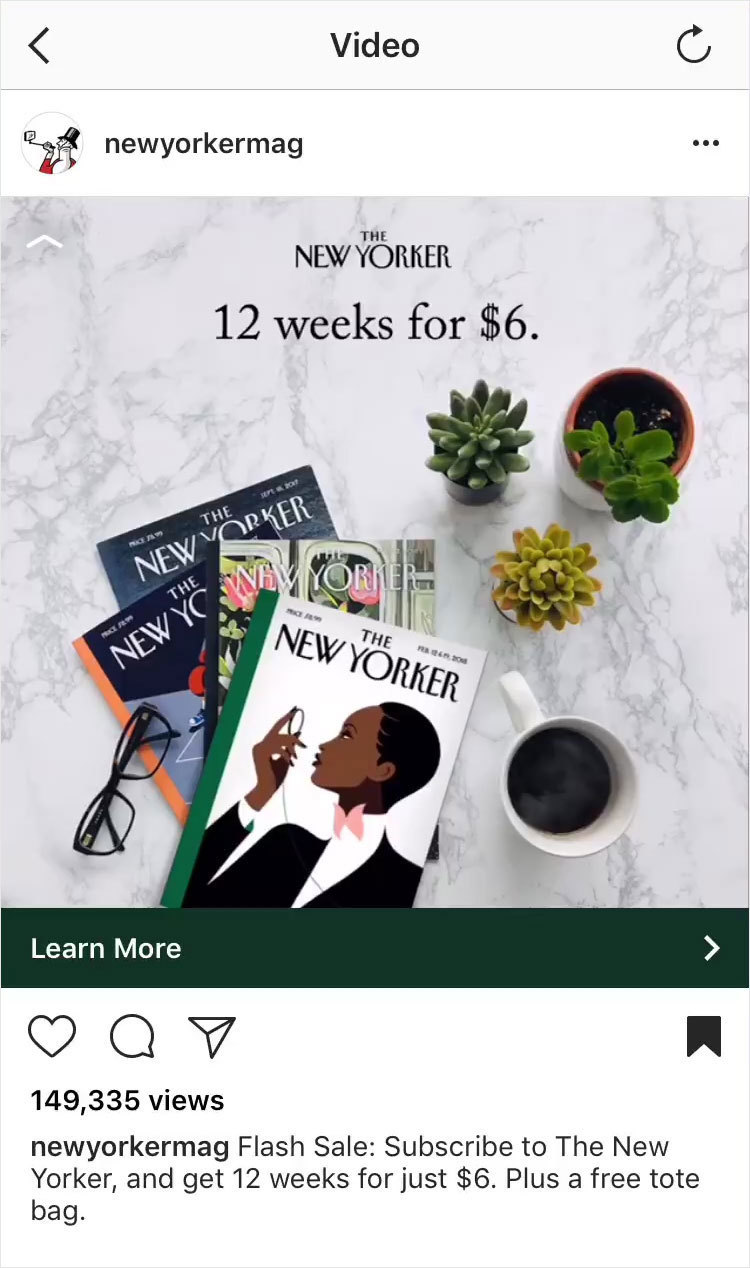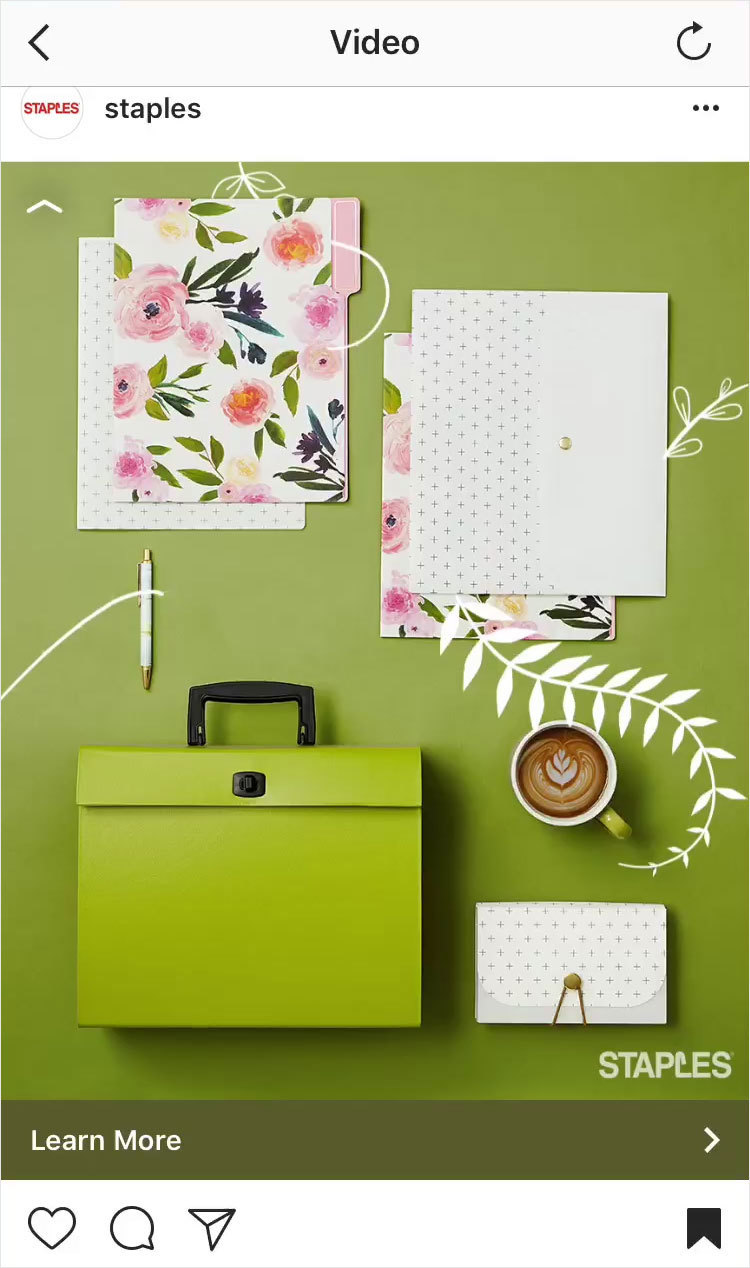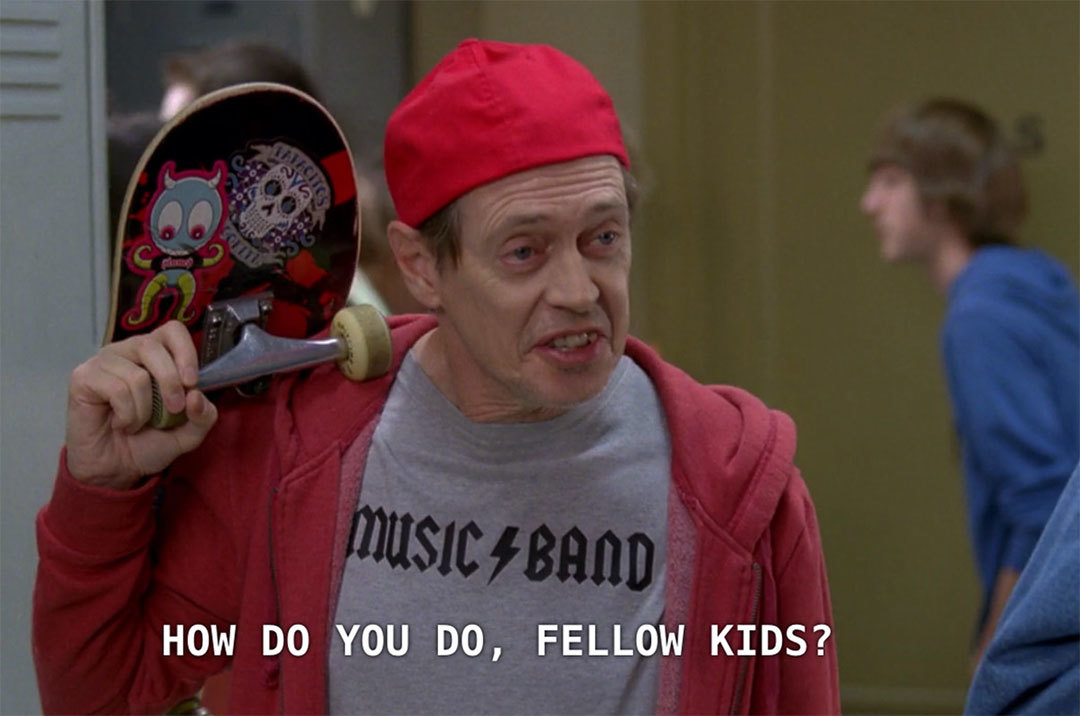6 steps to cross-promote on social media like a pro
Write a great caption. Pair it with an engaging visual. Blast it across every social network imaginable. For the social media marketer strapped for time, this method of “cross-posting” is alluring. But a one-size-fits-all approach to social media is ineffective — not to mention potentially dangerous to the health of the brand. To obtain meaningful engagement and build your brand on social media, you must cross-promote rather than just cross-post.
Every social media platform has its own subculture brewing beneath the surface and serves up content to its users in unique ways. The way you style your content and tailor your campaigns for each platform needs to match.
To drive home the point, let’s have a fun metaphor:
Dad wears his Hawaiian shirt to the company luau. Everyone loves him and his shirt, he’s showered with compliments — it’s one of the best days of his life, no question.
High off the luau praise, Dad shows up in that same Hawaiian shirt to his daughter’s engagement party. People gawk and whisper. Others point and laugh. His daughter sobs and wonders why he can’t be normal like Jason’s dad.
What went so wrong? It’s not Dad that’s the problem, it’s the shirt — it’s only appropriate for certain venues. Outside of those venues, it sticks out like a sore thumb and brings shame on the entire family. If only Dad had worn a suit to the engagement party.

In the world of social media, Dad is the topic you’re promoting, and his outfit is your approach.
But all is not lost. Follow these 6 steps to take your social media strategy to the next level: cross-promotion.
1) Find your social footing.
Just because many platforms exist and are teeming with users, doesn’t mean they’re all the right place for all of your content, or even your brand in general. The unique facets of your brand, your target audiences, your big-picture business goals, and the goals of your individual content posts all factor into determining where and what to promote on social media. There will be certain platforms that are a welcome home for your content — and others that are just not appropriate.
For example: a progressive fashion brand promoting a photoshoot of their scantily clad models on LinkedIn? In one post, the brand earns itself a violation flag from the platform, looks like it’s tone deaf, and leaves a few laptops covered in hot coffee that morning.
A large investment bank promoting its services on Facebook? Bad idea. Even if it can effectively target its prospects and clients on the platform, those users are not in a business mindset when on Facebook. Instead, they’re posting photos of their kids, laughing at the latest viral meme, or even shopping for a new pair of shoes. On the other hand, a large investment bank promoting its company culture on Facebook to attract young talent? That works.
Get a feel for which platforms are right for you by spending time on each, browsing your competitor’s social media presence, and researching demographics. Understand which platforms your target audiences frequent — and why.
2) Learn platform protocol.
Now that you’ve identified the right platforms for your brand, get to know the ins and outs of each to create expertly tailored content every time.
Hashtag strategy is an example of a social platform protocol rife with potential pitfalls. All of the major social platforms — Instagram, Facebook, LinkedIn, and Twitter — integrate hashtags. But, the subculture, popularity, purpose, and best practices for hashtag use is distinct within each of these platforms.
In addition to general platform mechanics, get a sense of the kind of content that performs well and keep an eye out for platform trends as they develop (new ones are cropping up every week!). Immerse yourself in the network to discover the subtleties surrounding tone and user interaction, as well as the platform’s specific features to make sure you’re utilizing them correctly.
3) Master the art of blending in.
When it comes to launching paid advertising on social media, some of the best ads are the ones that are camouflaged — the ad content expertly mirrors the non-ad content of the platform. These ads blend in with a user’s regular feed so well that they don’t disrupt or detract from the audience’s standard platform experience.
It’s important to note here that your intent should never be to deceive the user. Users should always be able to tell if content is sponsored — in fact, transparency when it comes to sponsored content is essential to building brand trust. Instead, users should be delighted by the fact that you know the platform — and them — well enough to create ad content they find to be a natural and engaging addition to their feed.
To illustrate the idea, let’s look at two brands who got it right on Instagram:


Noticing any trends here? Staples and the New Yorker are vastly different brands marketing very different products, yet their ads exhibit striking similarities. On Instagram, beauty, aspiration, and refinement are amongst the major themes running throughout the platform. A lot of content is geared to tap into our natural inclination to chase self-improvement and nudge the user to think “this product will contribute to the elevated, hand-picked lifestyle I long to embody.”
Both ads leverage Instagram content trends in their use of animation (GIFs) and items curated into aesthetically pleasing grids. These advertisers did their homework and smartly prioritized their ad content to align with the Instagram environment first and foremost, even if it meant a departure from their traditional advertising style.
That dazzling, neon GIF you’ve created to announce a product launch with “Shop now to receive 25% off” copy? Perfect for Instagram and Snapchat. Completely tactless and inappropriate on LinkedIn.
Throwing your two-minute long TV commercial on Instagram as a paid promo? Way too long, jarring, and woefully out of place.
This is not to say that “disruptive” posts or ads don’t have a place in your strategy. They very well could based on your overall goals, but tread lightly.
4) Strategize based on campaign.
For each campaign you’re promoting, shift your platform strategy accordingly. Maybe you’re an agency that promotes travel deals, so you’ve stuck to posting only on Instagram and Facebook. But recently, your brand has announced a commitment to LGBT equality and diversity in the workplace. This is a sentiment that speaks volumes about your brand’s principles and the actions you’re taking to make the world a better place, which is content perfect for a platform like LinkedIn.
Don’t dismiss unfamiliar territory, just because it’s not one of your standard platforms for promotion. Capitalize on strategic angles for your brand that may arise on a campaign basis.
5) ’Tis better to not post at all…
If your content is not optimized or a natural fit for a certain platform, don’t force it for the sake of getting extra views. Doing so can actually have an opposite effect on your public perception, informing users that your strategy — and brand — are out-of-touch.

6) Tinker, Tailor, Social Vie.
Even with these best practices on the brain, social stumbles can still happen to the best of us. But the beauty of social media lies in the fact that, pending any major faux-paus, there’s a built-in undercurrent of forgiveness. Content is delivered at such a speed and with such impermanence that if something misses the mark, users will likely breeze past it without too much extra thought. This gives you a chance to go back to the drawing board, fine-tune your approach, and return with a perfectly optimized campaign to win them over. They’ll be waiting.